The spotted lanternfly (SLF) is an invasive pest causing problems for many vineyards, especially the wine industry, in the United States. After it was first discovered in the U.S. in 2014 in Pennsylvania, it has spread widely across 17 other states, including Delaware, New Jersey, Maryland, Virginia, Connecticut, West Virginia, Ohio, New York, Massachusetts, Rhode Island, Indiana, North Carolina, Michigan, Kentucky, Tennessee, Illinois, and Georgia. It has increasingly become a concern for growers and consumers with researchers studying the pest and proposing practical solutions for its management through Extension.
In the seventh episode of the Agricurious podcast, Dennis Baffour-Awuah in the Lamm Lab visited two researchers who have been working closely on this pest and learned about it while traveling through Pennsylvania and New York: Dr. Julie Urban an Associate Research Scientist at Penn State University’s Department of Entomology and Megan Luke, an extension educator at Penn State University who also collaborates on the Lake Erie Regional Grape Program. They discussed the pest’s origins, feeding patterns, morphology, preferred hosts, and cultural methods of management.
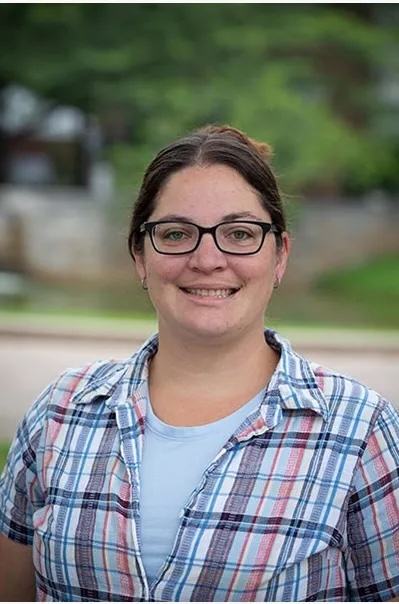
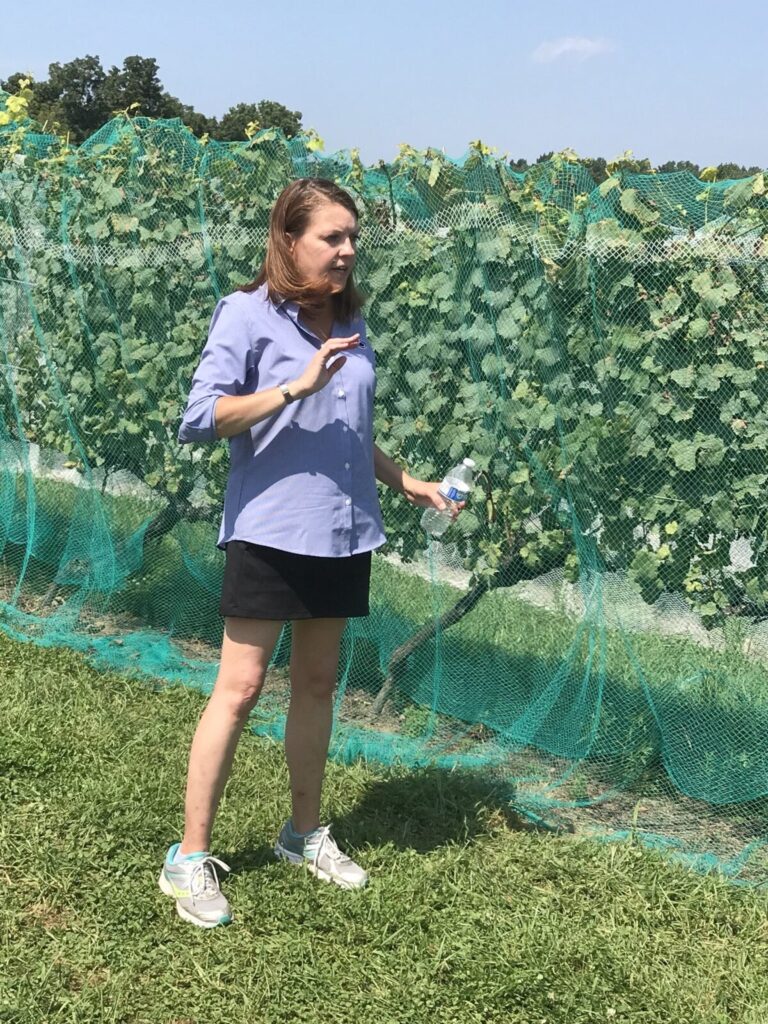
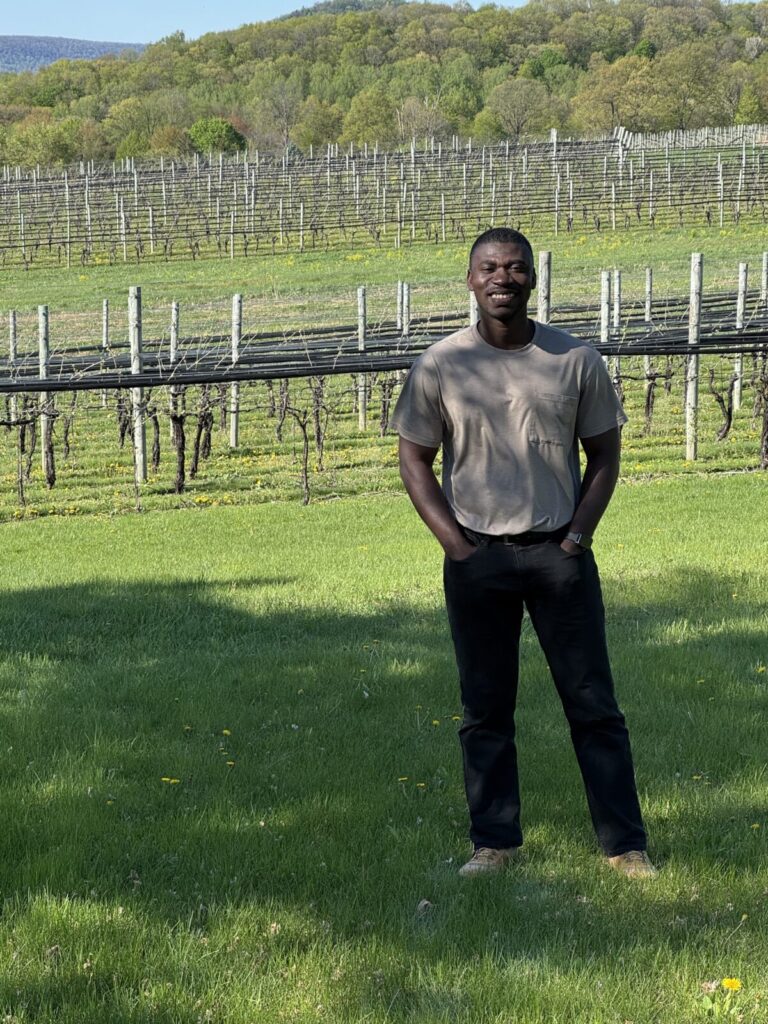
Describing how the insect feeds, Dr. Urban explained SLF is a sap feeder with fused mouthparts that form a straw-like beak, which it inserts into plant tissues to consume sap. She noted that it also feeds on various other plants, including tree fruits, stone fruits, peaches, plums, ornamental trees, and timber trees. However, researchers have found that its most significant impact occurs on grapevines. For other plants, it acts as a stressor without causing major damage. She described that its feeding depletes the grapevine’s resources, which can harm vine health or cause death. Overall, this feeding can affect grape quality by reducing sugar and other compounds, which may impact wine production and quality.
Dr. Urban also advised growers that treating egg masses isn’t cost-effective because some existing pesticides can effectively control the spotted lanternfly. She mentioned that the spotted lanternfly often appears in large numbers near harvest, so at that time, sprays should have a short pre-harvest interval and act quickly, which provides a small window for harvest. During this period, growers can also handpick the pests. However, she warned that after harvest, the pests tend to linger and feed heavily on the vines, causing severe damage if unchecked. Therefore, a post-harvest treatment is also necessary.
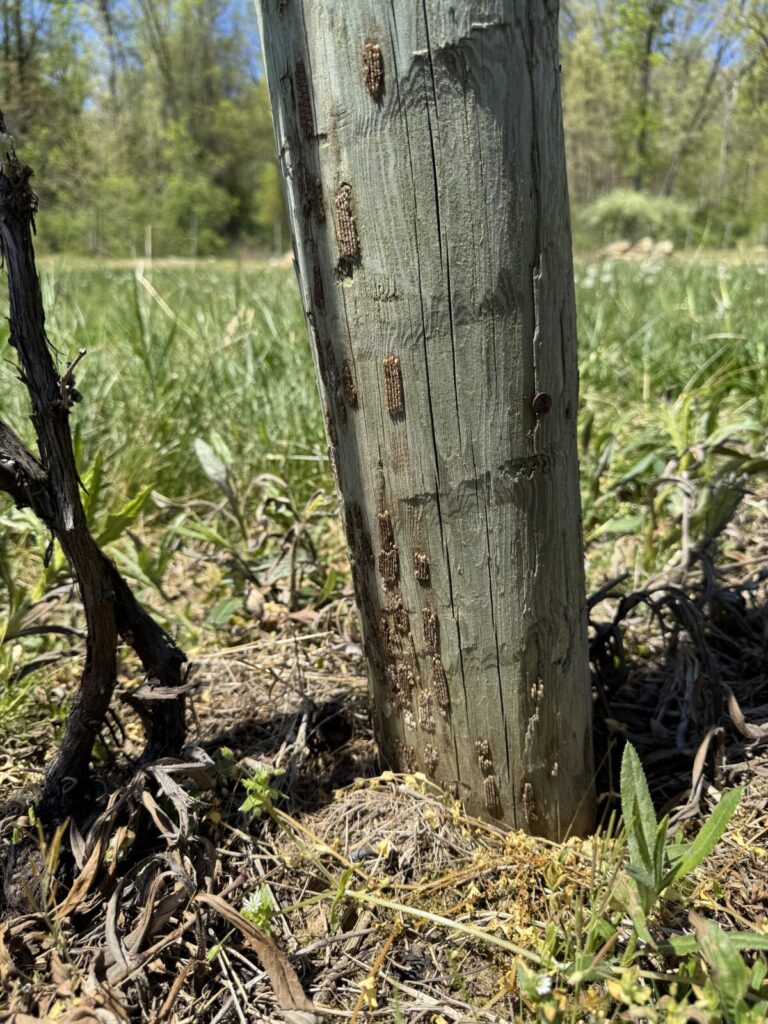
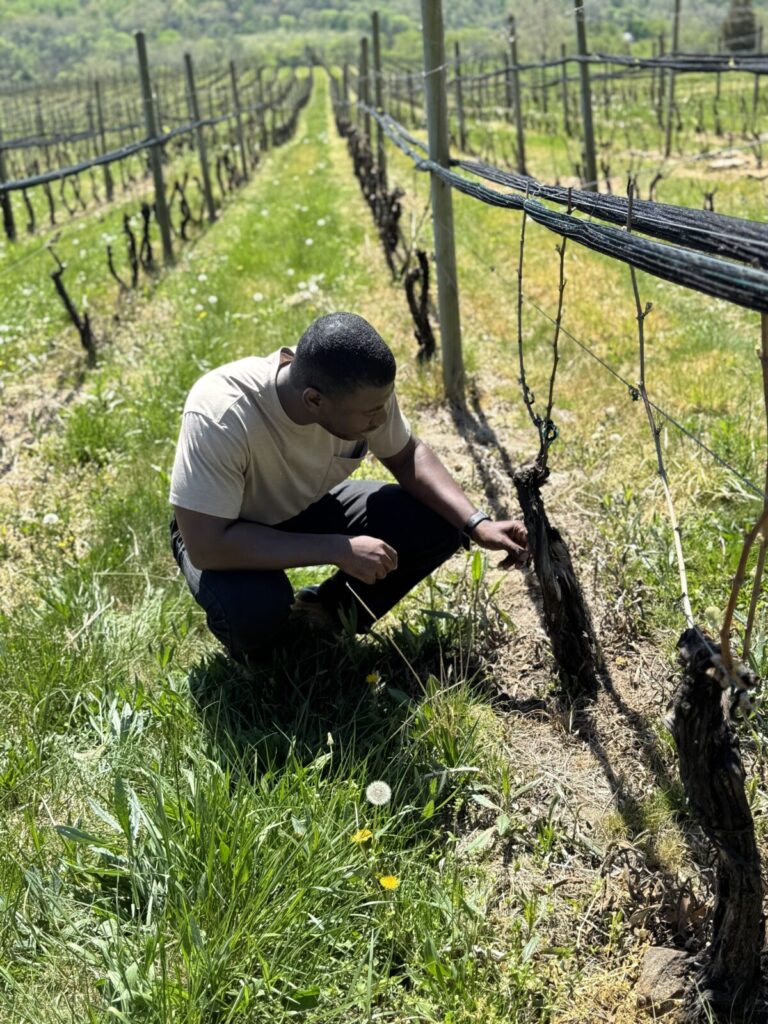
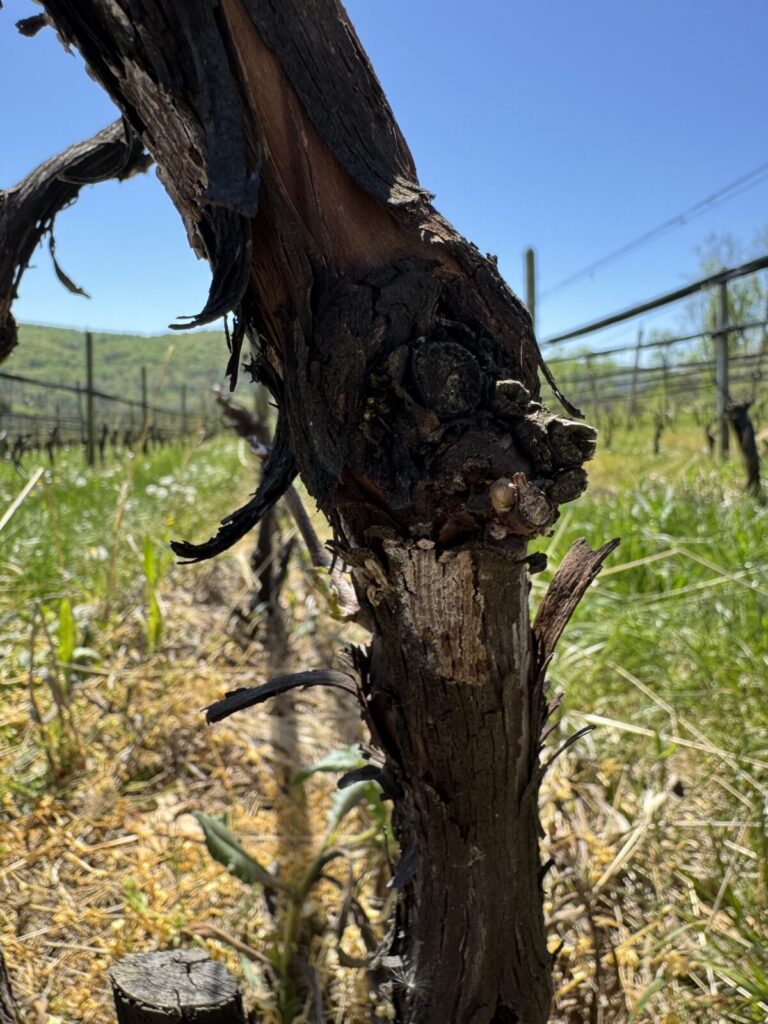
She also noted that although the pest is easy to kill with some already existing pesticides, there is a concern among researchers about the development timing and feeding pattern, which is still being studied. Having a larger feeding window, the spotted lanternfly may begin to feed on other plants in new areas closer to them. “They are feeding heavily over a bigger time window, and even though they don’t do damage to apple or peach trees here in Pennsylvania, in Georgia they might deplete grapes and might move into peaches as an alternative host. So while it might not be enough to kill a peach tree if peaches are exposed to drought or some other stressors, that could be problematic. So, the impacts just might be different. That’s what we don’t know yet,” Dr. Urban said.
Megan, whose region (along the eastern Lake Erie shore that includes NY Concord grape growers) hasn’t yet recorded sighting SLF, acknowledged that although they aren’t entirely sure why it isn’t there yet, an explanation could be that the pesticides currently used by growers may be effective against SLF. She also expressed concern that, as generalists capable of feeding on various plants, they believe SLF will eventually become established in the region, and they will likely see the adults arriving, especially with measures being taken to control the nymph populations. She also mentioned that some industries, such as the maple industry, are unsure about the potential impact on them. “We do know that they feed on sugar maples. We don’t know what level of deleterious effects they may have. But I know that that’s one of the industries that hasn’t seen very high levels of SLF yet, but could be negatively impacted, and we just don’t know what it could look like, ” Megan noted.
Megan encouraged growers to be “cautiously optimistic.” She said the pest will definitely cause economic impacts if introduced in the area, and growers need management outside the usual growing window. She further stated the work with Lake Erie Research Extension Laboratory has a good strategy that they’ve been educating growers on, and they are regularly available to meet with growers, discuss their concerns, and support their needs. She added that they also serve as a liaison for ongoing research and grower concerns, providing an effective toolbox for dealing with the pest.
Studies indicate that if left unmanaged or if growers remain uninformed and unprepared, economic damages in the Lake Erie and Finger Lakes regions could increase sharply, potentially reaching up to $1.5 million in the first year, $4 million in the second, and $8.8 million in the third year of infestation.
Dr. Urban reassured the public of researchers’ dedication to finding solutions for the pest and advised growers to stay vigilant and monitor for its presence. This, she said, will allow for timely control and help keep the pest off vineyards, buying more time for effective solutions.